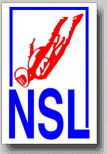
National
Skydiving
League
226 Pecan Street
Deland FL 32724
tel: (386) 801-0804
© 2003 - 2025
All Rights Reserved


226 Pecan Street
Deland FL 32724
tel: (386) 801-0804
© 2003 - 2025
All Rights Reserved


Willy Boeykens provided more information from the ESL Championship 2006, and he also sent some pictures. One of these photos shows the hangar where the participants pack their parachutes and watch the competition jumps on the large screens. There is a part of this photo that caught the NSL News attention, and the audience is invited to look for a very special object in the hangar. The NSL News will follow up on this occurance later and with feedback from the audience.
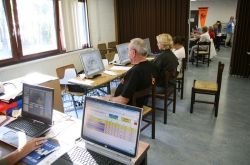
The judges at the ESL Championship 2006 are comming from Belgium, Netherlands, Finland, Great Britain, Czech Republic and France. This competition is the first serious test for the new judging and scoring system. The NSL News will follow up with more specific information later.
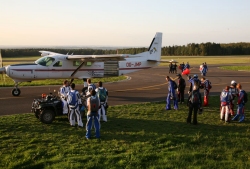
In fact, each class is well represented at the championship event with the A Class teams leading the field as of participation. The AA Class situation was a little bit different and also trickier. It was the last class that was added this year to complete the system in Europe.
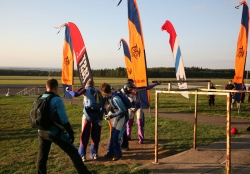
The result was that two Belgian teams, which had competed in the AAA Class earlier this year, now represent their country's delegation in the AA Class. Spa's Good and Bad Donuts have become important factors in the race for the ESL Spirit since both teams have scored significantly higher compared to their previous AAA Class competitions this year.
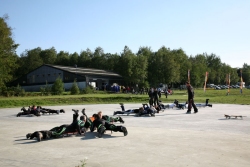
The Dutch team NRG was facing eight additional blocks and a longer sequence, and the team did very well considering this challenge. In fact, NRG currently stands at almost exactly the same meet average compared to its A Class results in August this year.

All teams in the other competition classes (AAA, A, Rookie) compete in the same categories that they have been familiar with. The scores of the AA Class competition might have become a key factor in the race for the ESL Spirit.